Software development plays a critical role in powering the modern world, driving innovation, and transforming industries. In the United States, a hotbed of technological advancements, the software development sector is booming. However, developing software can be a complex and challenging process. In this blog post, we will explore essential tips for seamless software development in the US, helping developers and teams navigate the intricacies and maximize their chances of success.
1 – Clear Project Planning and Requirements Gathering:
Before diving into development, it is crucial to have a clear project plan and thoroughly gather requirements. Define the project scope, goals, and objectives, and document them in detail. Engage stakeholders, end-users, and subject matter experts to gather comprehensive requirements. Having a solid foundation in the planning phase ensures that the development process stays focused and minimizes scope creep, delays, and misunderstandings.
2 – Agile Development Methodology:
Implementing an agile development methodology can greatly enhance software development efficiency. Agile emphasizes collaboration, iterative development, and flexibility in adapting to changing requirements. By breaking down the project into manageable sprints and focusing on delivering incremental value, teams can quickly respond to user feedback and adjust the software accordingly. Popular agile frameworks such as Scrum and Kanban can help streamline the development process and ensure better project visibility.
3 – Quality Assurance and Testing:
Quality assurance and testing are vital to ensuring software reliability and functionality. Establish a robust testing process that includes unit testing, integration testing, and user acceptance testing. Implement automated testing tools and frameworks to streamline the testing phase and identify bugs and issues early on. Additionally, consider incorporating continuous integration and continuous delivery (CI/CD) practices to automate the deployment and testing of software updates.
4 – Security and Compliance Considerations:
With the increasing importance of data privacy and cybersecurity, software development in the US must prioritize security and compliance. Stay updated on relevant regulations and frameworks such as the General Data Protection Regulation (GDPR) and the California Consumer Privacy Act (CCPA). Implement security best practices, such as secure coding techniques, regular vulnerability assessments, and encryption protocols, to safeguard user data and protect against potential breaches.
5 – Effective Collaboration and Communication:
Effective collaboration and communication are crucial for successful software development projects. Foster a culture of open communication and transparency within the development team and with stakeholders. Leverage collaboration tools, such as project management platforms and communication channels like Slack or Microsoft Teams, to facilitate efficient information sharing, task tracking, and real-time collaboration. Regularly schedule meetings, stand-ups, and retrospectives to maintain alignment and address any challenges promptly.
6 – Continuous Learning and Professional Development:
The software development landscape is constantly evolving, with new technologies and frameworks emerging regularly. Encourage a culture of continuous learning and professional development within your development team. Encourage participation in conferences, workshops, and online courses to stay updated on industry trends and acquire new skills. Embrace a growth mindset and encourage knowledge sharing and cross-training among team members to foster innovation and improve the overall quality of software development projects.
Software development in the United States is an exciting and dynamic field that presents both opportunities and challenges. By following these essential tips for seamless software development, teams can navigate the intricacies of the development process, deliver high-quality software, and achieve success in the ever-evolving tech landscape. Clear project planning, agile methodologies, robust testing practices, security considerations, effective collaboration, and a commitment to continuous learning are all key factors that contribute to a successful software development journey.

